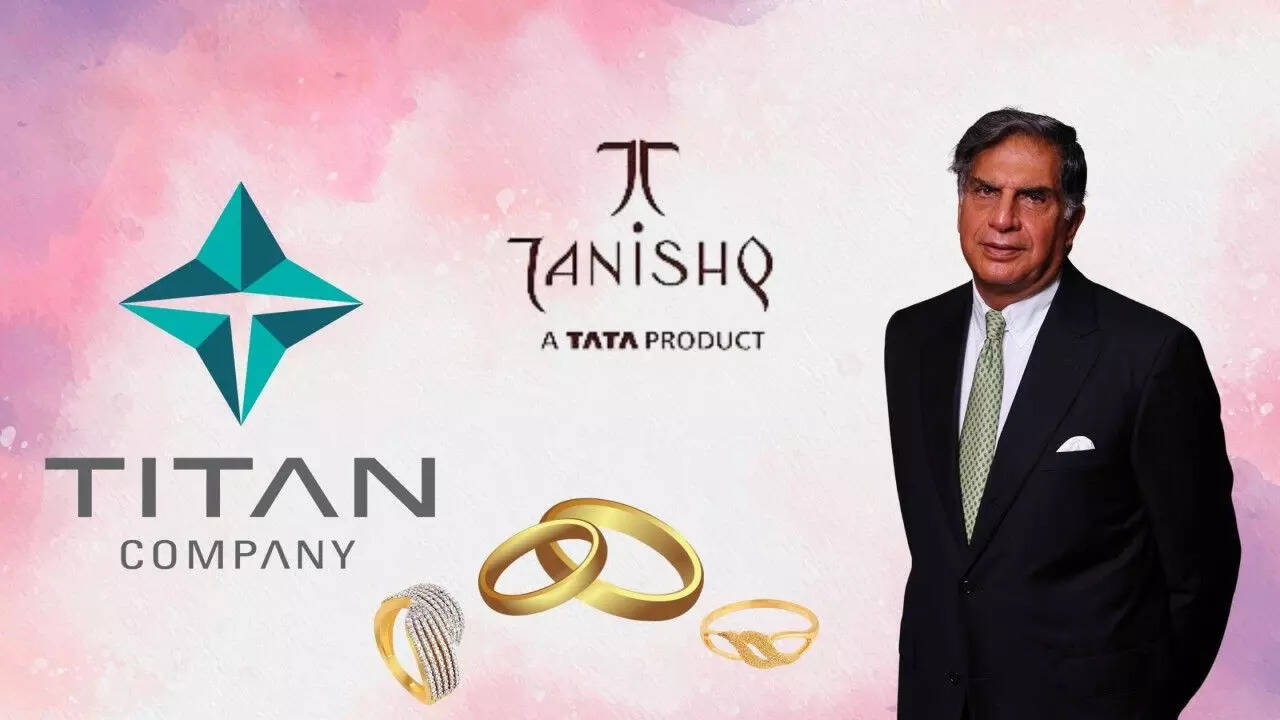Titan has long dominated India’s jewellery market through its Tanishq brand, combining trust, scale, and profitability in a way few rivals have managed. In a market worth over seven and a half lakh crore rupees, Titan’s jewellery business crossed fifty thousand crore rupees in revenue last year, supported by more than six hundred outlets nationwide.

Senco Gold, based in Kolkata, is now attempting to follow a similar path. A household name in eastern India for five decades, Senco generated more than six thousand three hundred crore rupees in revenue in the last financial year, a growth of twenty one percent. The company currently operates one hundred and sixty eight stores, including franchises, and has clear ambitions to expand across the country.
Senco is already making significant inroads outside its traditional stronghold. Sales from non-east markets crossed twelve hundred crore rupees last year, growing faster than in its home base. The company is also working on improving profitability by pushing its studded jewellery mix, which has shown double-digit growth, and by experimenting with lifestyle extensions such as lab-grown diamonds, handbags, and perfumes. In financial year twenty twenty five alone, it added sixteen new outlets and is targeting another twenty in the current year.
Where Senco appears to be succeeding is in its ability to attract customers even in a high gold price environment. With prices up more than thirty percent, many jewellers struggled as customers reduced volumes. Senco’s lightweight product range gave it an advantage, keeping its growth resilient. Record festive season diamond sales added further momentum, helping improve gross margins.

Yet the company faces major hurdles when compared with Titan. Debt remains high, with a debt to equity ratio of nearly one, while Titan operates debt free. Inventory levels have more than doubled in the last three years, putting pressure on cash flows, which remain negative despite some improvement. Margins tell a similar story. Titan’s jewellery division enjoys operating margins of around twelve percent, but Senco is at only five to six percent. Net profit margins halved last year to about two and a half percent.
The company’s strategy of rapid expansion may also be a double-edged sword. Titan took decades to build trust market by market, carefully refining its operations. Senco, by contrast, is attempting to compress Titan’s two-decade journey into just a few years. Expanding too quickly risks stretching management capacity, raising debt, and hurting service quality. For a midcap jeweller, these risks are magnified by its sensitivity to sentiment. Even unfounded rumours in late twenty twenty four caused a sharp fall in Senco’s share price, highlighting its vulnerability.
The opportunity is real. Organised jewellery is steadily gaining share, younger customers are demanding hallmarking and transparency, and digital channels allow regional brands to scale nationally faster than before. Senco has already shown strong growth in average ticket values, customer mix, and expansion beyond the east.
But the challenges are equally real. Unless debt is brought down, margins improve, and cash conversion turns positive, Senco will remain an aspirant rather than a peer. The path to becoming the next Titan is not only about adding more stores but also about building financial resilience, brand strength, and sustainable profitability.
For more insights on India’s markets, companies, and investment opportunities, follow You Finance on Instagram and Facebook.















